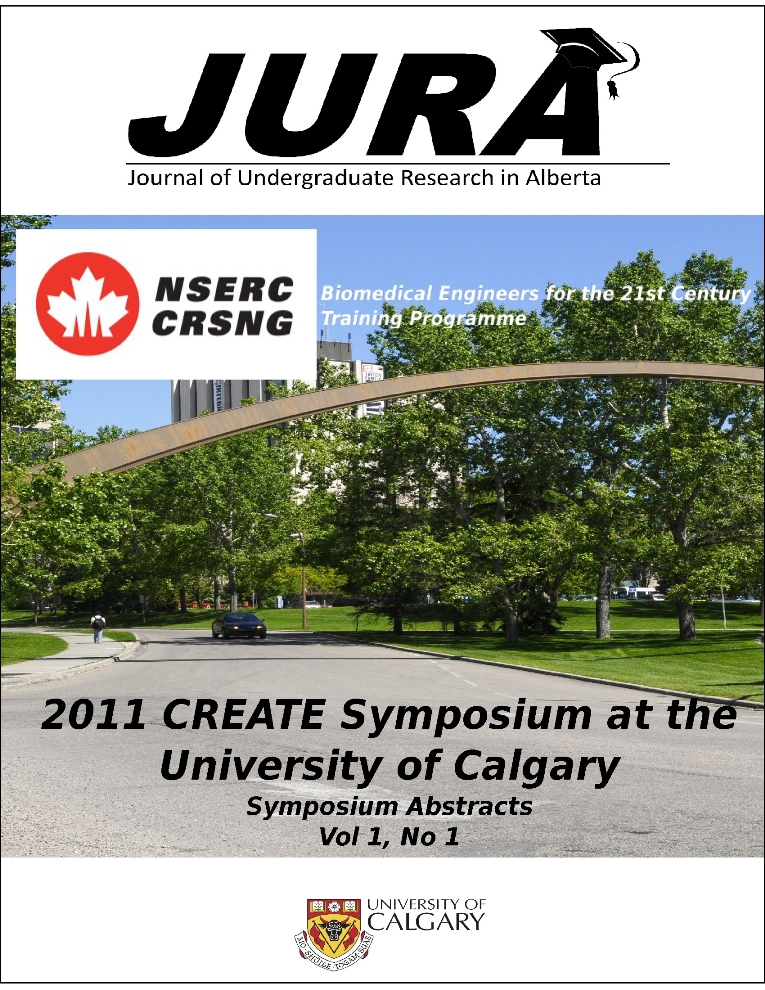Rapid Serial Sarcomere Loss Caused by Electrical Stimulation in Rabbit Triceps Surae Muscles
Keywords:
Triceps Surae, Sarcomere Loss, Electrical StimulationAbstract
Muscle spasms, such as those observed in cerebral palsy patients, are involuntary muscle contractions that usually occur due to a lesion in the brain. These muscle spasms cause muscles to become hypoextensible, or very stiff. This hypoextensibility may be explained by a decrease in serial sarcomere number concomitant with a long stimulation period. In 1981, Tabary and Tardieu showed a 25% decrease in the number of serial sarcomeres in guinea pig Soleus muscles over a 12 hour stimulation period. As these results seem very extreme, it was necessary to try duplicating these results in our laboratory, as well as in a different animal model. The Medial Gastrocnemius, Plantaris, and Soleus muscles were stimulated via the tibial nerve in New Zealand White rabbits (n=3) for 10 hours in one of the legs (20 Hz at 3 times the α motoneuron threshold). The tibial nerve in the contralateral control leg was transected to ensure no cross- over training effects. After the stimulation period, the animals were sacrificed and the hind limbs were then placed in a 10% formalin solution at carefully controlled knee and ankle angles. Three to five samples were harvested from each muscle. After a digestion process, individual fascicles were teased out and mounted on prepared slides. These slides were then analyzed for fascicle length by using a camera system with specialized software and sarcomere lengths were determined using a laser diffraction method. Analysis showed that the serial sarcomere number decreased in the Medial Gastrocnemius by 23 ± 4.4%, in the Plantaris by 25 ± 2.9%, and the Soleus by 29 ± 7.0%. These numbers concur closely with the 25% loss of serial sarcomeres reported by Tabary and Tardieu in guinea pigs. These confirmed results will allow for more research to be done in this area.
Downloads
References
Downloads
Published
Issue
Section
License
Authors retain all rights to their research work. Articles may be submitted to and accepted in other journals subsequent to publishing in JURA. Our only condition is that articles cannot be used in another undergraduate journal. Authors must be aware, however, that professional journals may refuse articles submitted or accepted elsewhere—JURA included.


